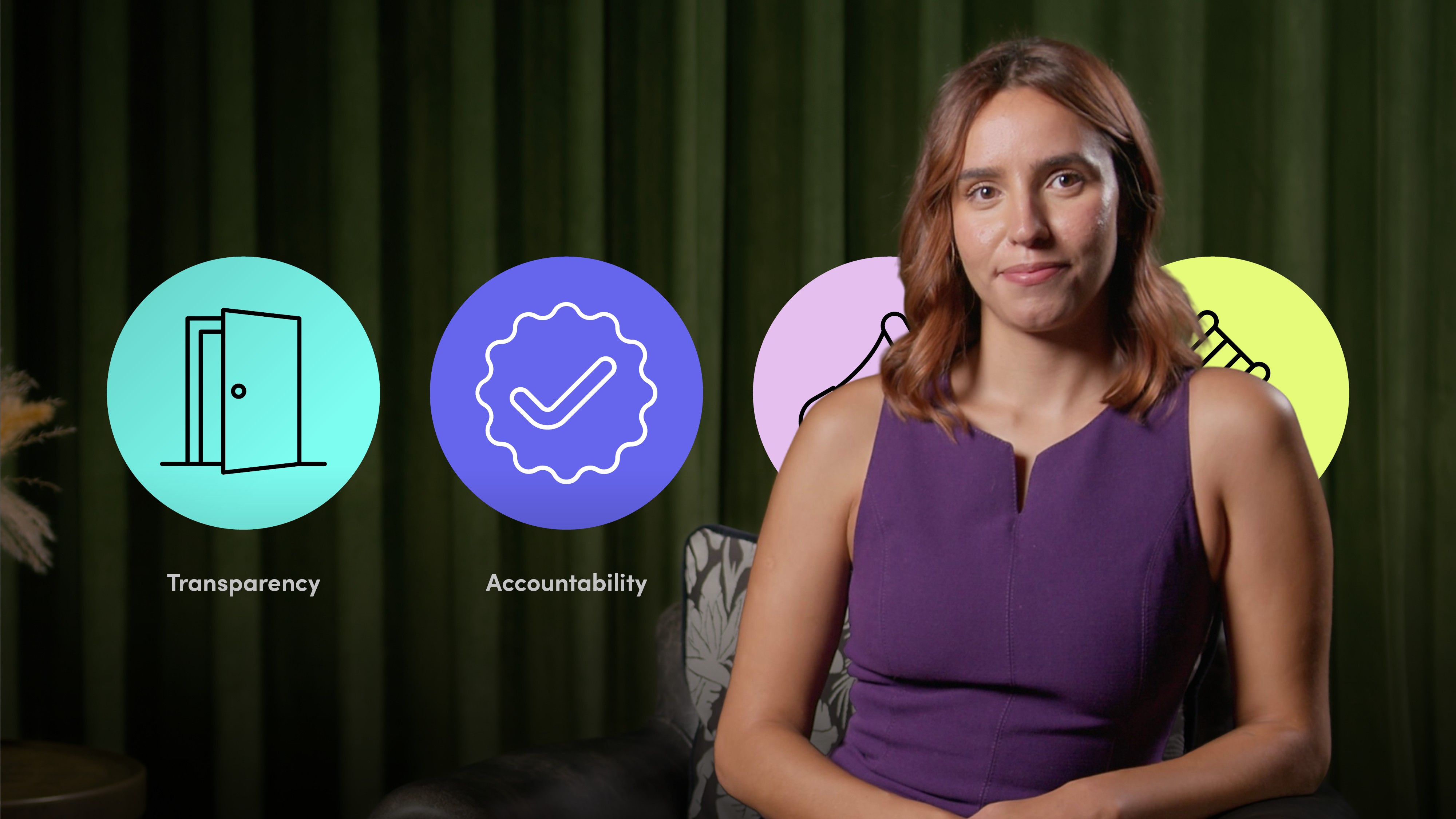
Introduction to ESG Labelled Bonds and Loans

Meggie Eloy
5 years: Technical analysis
In this video, Meggie explores labelled bonds and their impact on funding climate and social projects. She also talks about the unique objectives of each bond type and the growing global market as we work toward meeting critical climate and social targets.
In this video, Meggie explores labelled bonds and their impact on funding climate and social projects. She also talks about the unique objectives of each bond type and the growing global market as we work toward meeting critical climate and social targets.
Subscribe to watch
Access this and all of the content on our platform by signing up for a 7-day free trial.

Introduction to ESG Labelled Bonds and Loans
13 mins 52 secs
Key learning objectives:
Understand the role and importance of labelled bonds in financing sustainable and social projects
Understand the different types of labelled bonds, Green, Social, Sustainability, and Sustainability-linked, and their specific objectives
Identify how labelled bonds provide transparency, accountability, and ESG alignment compared to traditional bonds
Outline the global growth and market potential of labelled bonds, along with the investment gap required to meet climate goals
Overview:
Subscribe to watch
Access this and all of the content on our platform by signing up for a 7-day free trial.
Subscribe to watch
Access this and all of the content on our platform by signing up for a 7-day free trial.

Meggie Eloy
There are no available Videos from "Meggie Eloy"





























